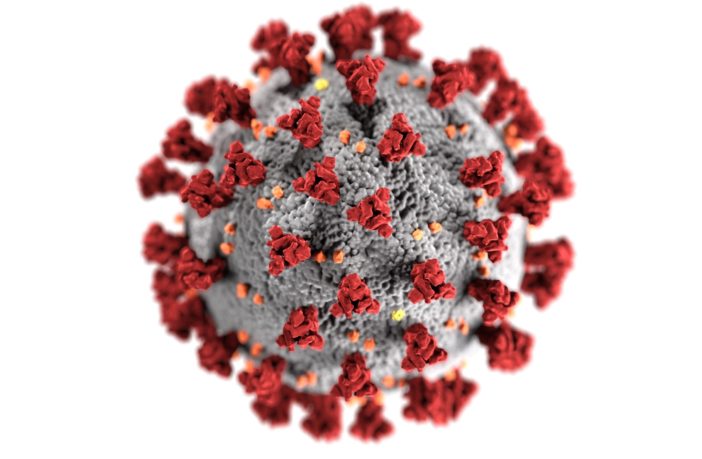By Stacy M. Brown,
NNPA Newswire
As COVID-19 continues to evolve, a new variant has emerged, garnering attention from health officials across the United States. Known as HV.1, the latest variant has shown a significant surge in cases, raising questions about its potential impact on public health.
According to data from the Centers for Disease Control and Prevention (CDC), HV.1 was first identified in mid-summer, but it wasn’t until September that cases began to spike, making it the cause of nearly 20 percent of all COVID-19 cases in the country.
Infectious disease experts, including Dr. Amesh A. Adalja and Dr. Thomas Russo, told the health and wellness website Prevention.com that they have classified HV.1 as an Omicron XBB variant, descending from the EG.5 variant. They said the lineage highlights its genetic connection to the original Omicron strain.
According to Prevention.com, one of the concerning features of HV.1 is its spike protein, which has undergone notable changes from the EG.5 variant. While the full implications of these alterations are not yet fully understood, the rapid increase in cases—from 0.5 percent in mid-July to nearly 20 percent in mid-October—suggests a high level of transmissibility.
Despite the rise in cases, experts remain cautiously optimistic. Dr. Adalja emphasized that new variants of SARS-CoV-2 are expected, and most may not pose a significant threat. Dr. William Schaffner told Prevention.com that, so far, HV.1 doesn’t appear to cause more severe illness than other circulating variants.
Symptoms associated with HV.1 largely mirror those of previous strains, including fever, cough, fatigue, and loss of taste or smell. However, it tends to manifest as a more common cold-like illness, with symptoms like congestion and a runny nose being prominent.
Regarding prevention, the updated COVID-19 vaccine based on the XBB.1.5 variant is expected to protect individuals from HV.1. The new variant is considered a “grandchild” of XBB.1.5, and experts anticipate the vaccine will effectively mitigate severe cases.
While HV.1 is rising, health officials urge the public to maintain standard precautions. This includes vaccination, proper hand hygiene, and avoiding close contact with visibly unwell individuals. For added protection, N95 or Kn95 face masks are recommended.
“COVID is still with us. If you develop symptoms, test yourself ASAP and contact your doctor if you’re positive. You may be a candidate for an antiviral medication,” Dr. Russo underscored.
This article was originally published by NNPA Newswire.



